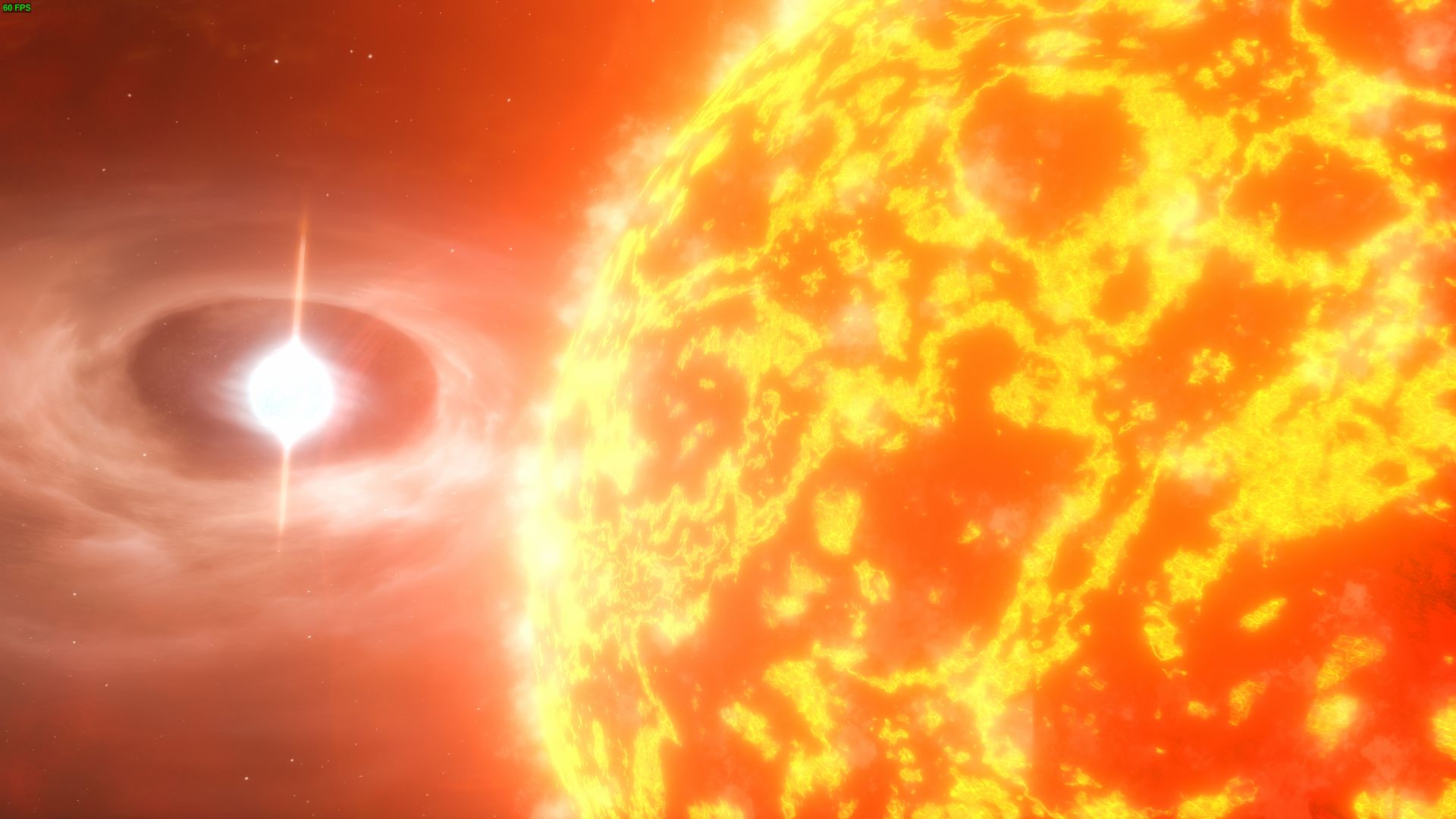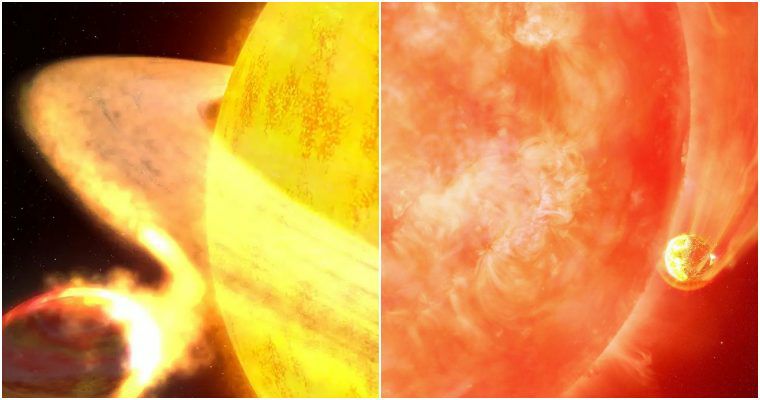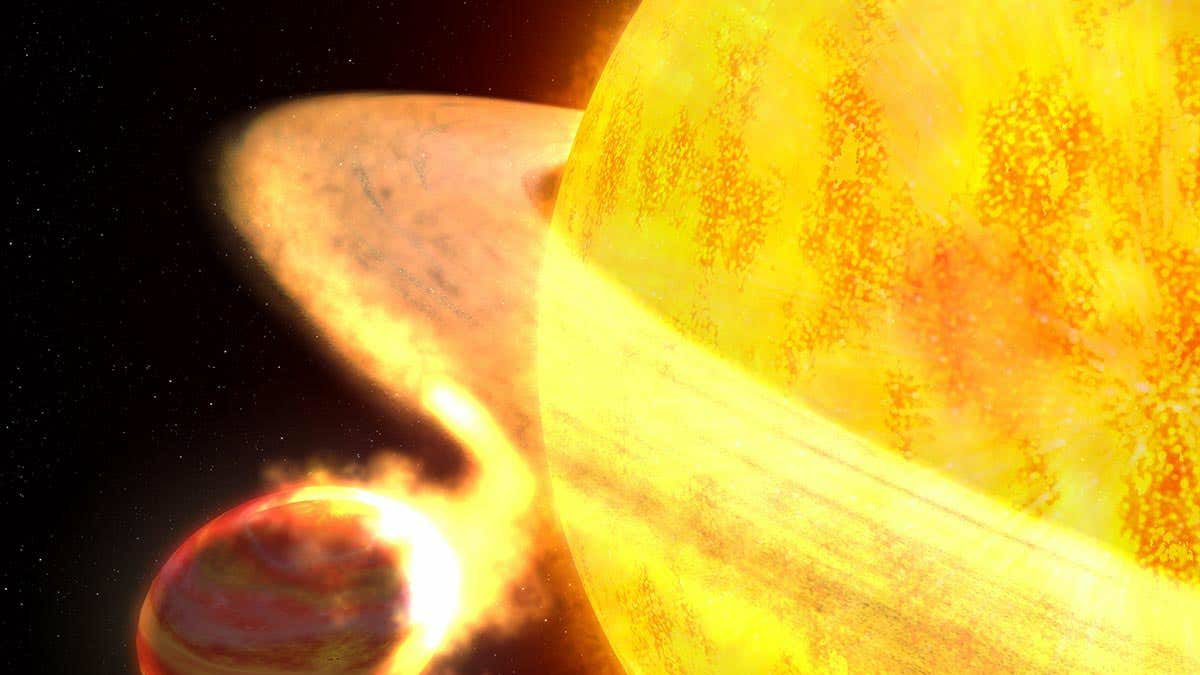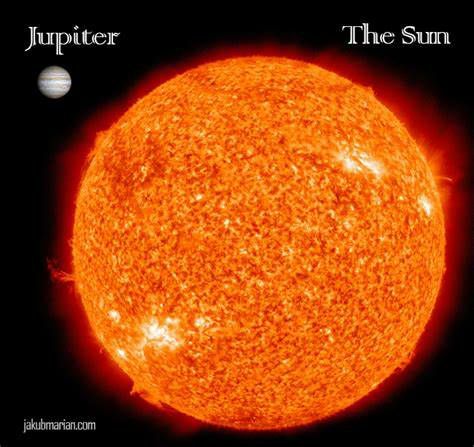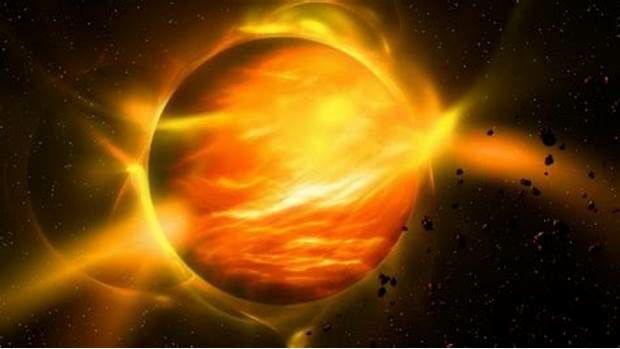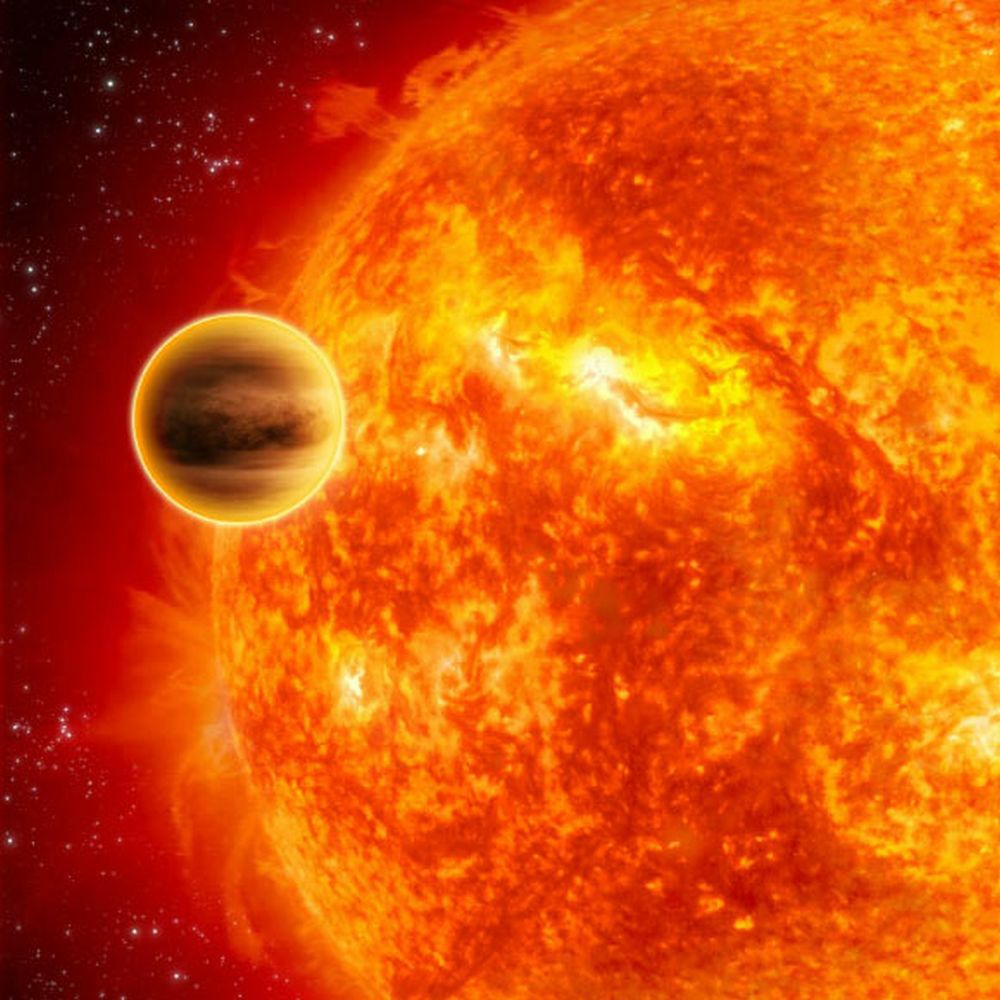One in every ten stars ate a Jupiter (or larger).
In space, stars experience cataclysmic events such as supernovae or being torn apart by black holes. However, when it comes to planets, stars get to be the destructive force. As stars evolve and expand, they consume and destroy any planets that get too close. A new study delves deeper into the process of planetary engulfment by evolved stars.
The study, titled “Giant planet engulfment by evolved giant stars: light curves, asteroseismology, and survivability,” calculates that one in ten evolved stars in the Milky Way will engulf Jupiter-mass planets. The study focuses on two types of evolved stars: Red Giant Branch (RGB) stars and Asymptotic Giant Branch (AGB) stars. These stars lose mass as they evolve, causing them to expand and ensnare any planets in close proximity. The star’s convective envelope swells, creating drag that causes the planet to spiral inward towards the star.
Using an open-source astronomy software tool called MESA, the researchers determined that about 10% of Sun-like stars with 1 to 2 solar masses will engulf a planet between 1 to 10 Jupiter masses. The in-spiral process takes between 10 and 100 years or between 100 and 1000 orbits. The study examines the frequency of these events and how stars respond to engulfing planets with different masses.
The engulfment process has two phases: the first phase involves tidal friction causing the planet’s orbital decay, while the second phase, the ‘grazing’ phase, involves drag forces as the star and planet come into contact. During the ‘inspiral’ phase, when the planet is completely immersed in the star’s envelope, it deposits heat into the star. The heat deposited is largely responsible for the star’s response, and the mass of the planet determines how much heat is deposited.
While planetary engulfment is a relatively quick process, playing out over years rather than millions of years, the complexities of the grazing phase include phenomena such as the expulsion of matter from the star and optical and X-ray transients triggered by shocks. This study focuses on the later inspiral phase of engulfment, leaving those phenomena aside for now.
In a recent paper, researchers presented fascinating findings on the heat deposition in stars during the later inspiral phase, particularly focusing on the engulfment of planets. The study utilized simulations to model host stars of different masses, represented by RGBs and AGBs in the legend. The x-axis of the figure displayed the planetary mass, while the y-axis illustrated the amount of heat deposited. Notably, the figure clearly demonstrated that the heat deposition increased with the planet’s mass, indicating a direct correlation.
During the engulfment process, the stellar envelope experienced expansions and contractions, although not in a monotonic manner. The researchers observed that a particular mass shell could undergo multiple expansions and contractions throughout the event. They visualized the planet as a local heat source within the shell, moving towards the center of the star. This movement, combined with other properties of the star, resulted in varied expansions and contractions.
The research findings corroborated previous studies that highlighted how planet engulfment led to optical and infrared bursts in luminosity. The intensity and duration of these bursts primarily depended on the mass of the planet and the star, although additional factors such as rotation could also influence the outcome. The researchers discovered that for all RGB stars and AGB stars engulfing planets weighing up to five Jupiter masses, the brightness of the star significantly increased within just a few years.
Another figure in the study showcased the changes in radius and magnitude for one of the host stars under examination. The top panel illustrated the star’s multiple expansions and contractions during the engulfment process, while the bottom panel depicted variations in the star’s magnitude. These visual representations provided further evidence of the dynamic nature of star-planet interactions during engulfment.
The overall results of the study indicated that when evolved stars engulfed planets on the lower end of the mass spectrum (up to three Jupiter masses), the changes to the stellar structure were moderate, resulting in a rise in brightness of up to one magnitude within a few years. However, brighter stars could exhibit a double peak in their luminosity.
For stars in the advanced stages of the AGB phase, the engulfment of a planet could induce significant disturbances in the outer layers, triggering supersonic expansion. Consequently, these stars could resemble Luminous Red Novae (LRN), characterized by their bright, red, and dusty eruptions.
Irrespective of the star type, the mass of the engulfed planet, or the star’s response to the engulfment, the ultimate fate of the planet remained constant: tidal disruption.
It is important to note that the findings of this study have limited applicability to our own Solar System. Although our Sun is expected to become a red giant in several billion years, it is unlikely that Jupiter will be engulfed unless an extremely disruptive event occurs. Instead, the inner rocky planets may face such a fate.
While this study was based on simulations rather than direct observations, it holds great potential for aiding astronomers in identifying real-life instances of engulfment events. Engulfments are transient phenomena, and several existing and future telescopes and observatories focus on studying transients and time-domain astronomy. The upcoming Vera Rubin Observatory, expected to be operational by August 2024, will be capable of detecting numerous transient events, including evolved stars engulfing Jupiter-mass planets.
The results of this study provide valuable insights that could facilitate the identification and understanding of engulfment events in various stellar systems. The research sheds light on the complex dynamics and consequences of star-planet interactions, offering a glimpse into the extraordinary phenomena occurring in the universe.
Hits: 0
